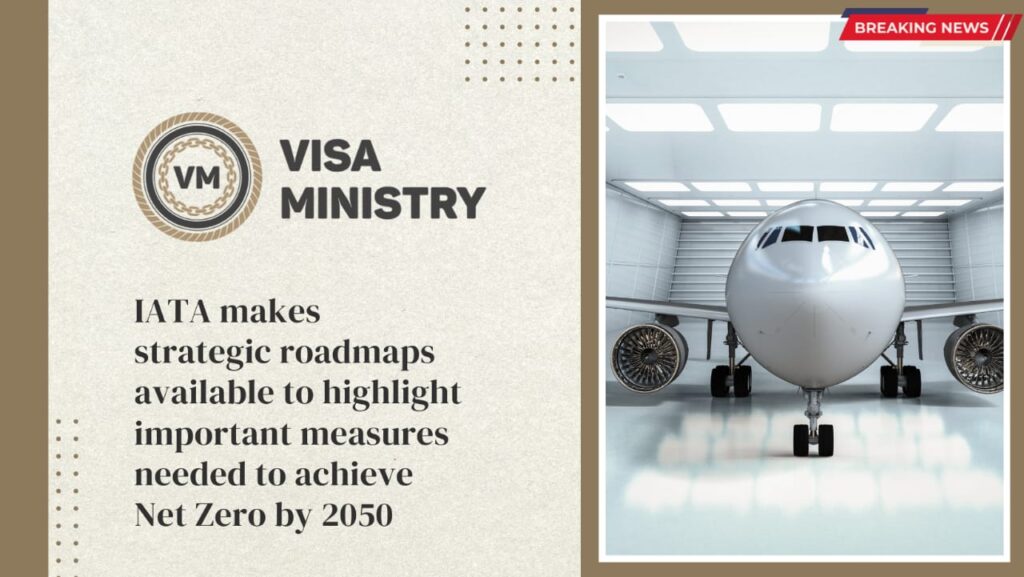A number of roadmaps were revealed by the International Air Transport Association (IATA) with the goal of laying out the necessary steps and dependencies for aviation to attain net zero carbon emissions by 2050. These roadmaps include issues such as energy infrastructure, operations, net zero finance, and regulatory concerns.
Governments and businesses are working together to achieve the same goal of net zero CO2 emissions by 2050 thanks to the approval of a Long Term Aspirational Goal (LTAG) at the ICAO’s 41st Assembly. These roadmaps will be an essential resource for policymakers since they establish the groundwork for many of the necessary technologies and measures.
“The roadmaps are the first comprehensive analysis of the crucial measures required to hasten the transition to net zero by 2050. Together, they provide a distinct orientation and will develop as we delve more to establish intermediate checkpoints on the path to net zero. I must stress that the roadmaps apply to more than simply airlines. Governments, vendors, and financiers cannot watch while aviation becomes carbon-free. They are invested in the outcome. According to Willie Walsh, Director General of IATA, “The roadmaps are a call to action for all aviation’s stakeholders to deliver the tools needed to make this fundamental transformation of aviation a success with policies and products fit for a net-zero world.”
The roadmaps weren’t created in a vacuum. To determine emission reductions for each technology, a peer-to-peer evaluation was carried out in conjunction with a modeling tool made available by the Air Transportation Systems Laboratory at University College London (UCL).
Each roadmap’s highlights include:
- The advancement of more effective airplane’s and engines is known as aircraft technology. The measures required to allow aircraft fueled by 100% sustainable aviation fuel (SAF), hydrogen, or batteries are particularly significant. There are demonstration programmes and announced investments to support each development milestone. New engines, aerodynamics, aircraft constructions, and flying systems are also covered.
- Infrastructure for Energy and New Fuels: The emphasis is on building the fuel and new energy carrier infrastructure upstream from airports to make it easier to utilise aeroplanes that are fueled by SAF or hydrogen. The plan includes milestones that will make it possible to build the essential infrastructure, and renewable energy is crucial in supplying the aviation industry’s energy needs.
- Operations: Possibilities to improve the operation of current aircraft in order to lower emissions and increase energy efficiency. The integration of new technology, automation, and big data management are crucial enablers for improving air traffic control and the effectiveness of the entire aviation system.
- In order to encourage and promote the aviation industry’s transition to a net-zero future, there is a need for strategically integrated worldwide policies. Collaboration between governments and industry stakeholders is essential in developing the framework required to meet the decarbonization targets, as it has been with all prior successful energy transitions.
- Finance: How to get the $5 trillion in total funding required for aviation to achieve net zero emissions by 2050. This includes innovations in technology, infrastructure, and operational efficiency.
The difficulties in ramping up SAF production serve as an excellent example of the significance of these roadmaps. SAF is anticipated to provide around 62% of the carbon reduction required to reach net zero by 2050 as a drop-in solution. Even though it is anticipated that SAF can be completely implemented with future aircraft fleets, it still has significant interdependencies on policy, aircraft technology, energy infrastructure, funding, and operations, all of which depend on these roadmaps.
Source: traveldailymedia

